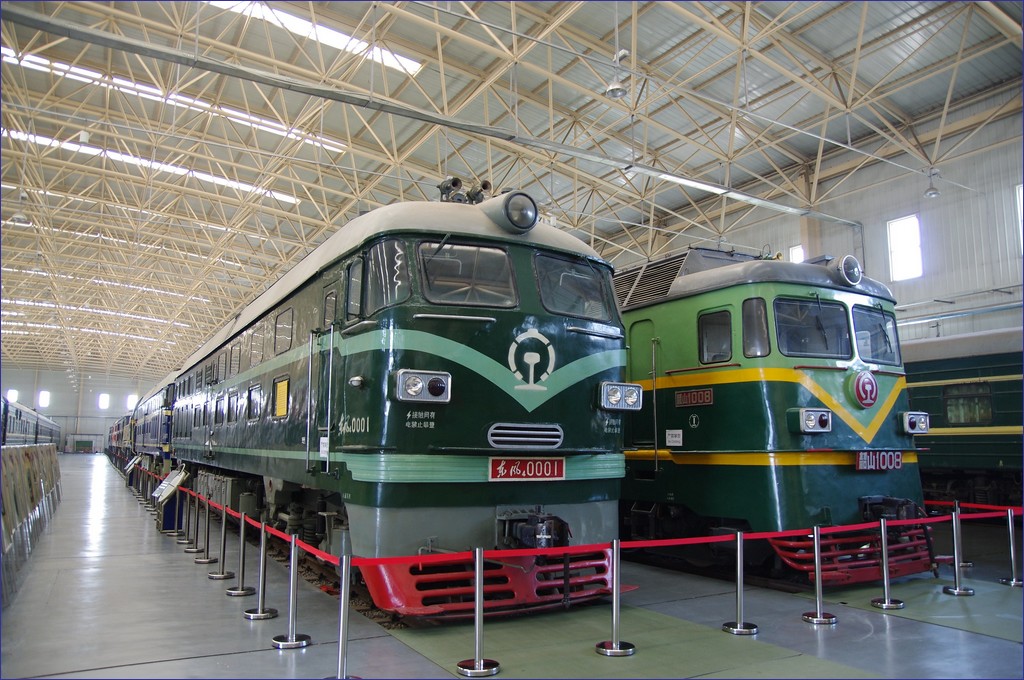Train Travel in China is a perfect way to explore the country. In the last twenty years, China has made unimaginable progress in the field of railways. From a backward country, it has become a railway superpower. Tens of thousands of kilometers of new railway lines, rolling stock produced in vast quantities and exported worldwide, and ambitious plans to bring railway lines to places where trains have never reached before. I must admit that I don’t know this country well, so in this article I will briefly describe only the most important topics.
In the future the article will be extended.
Last updated: 09.07.2025
Table of contents
1. Useful websites
2. Key facts
3. Maglev
4. Tibetan Railway
5. Jiayang Steam Railway
6. Rack Railway Dujiangyan – Sigunianshan Mountain
7. Railway museums in China
Train Travel in China – useful websites
There are plenty of websites on the internet dedicated to train travel in China. These sites often contain detailed information about trains, such as timetables and ticket prices, although it’s hard to say whether the information is kept up to date.
Example websites:
www.chinahighlights.com – information + online shop
www.travelchinaguide.com – another website with information
www.chinatrainguide.com – information about trains
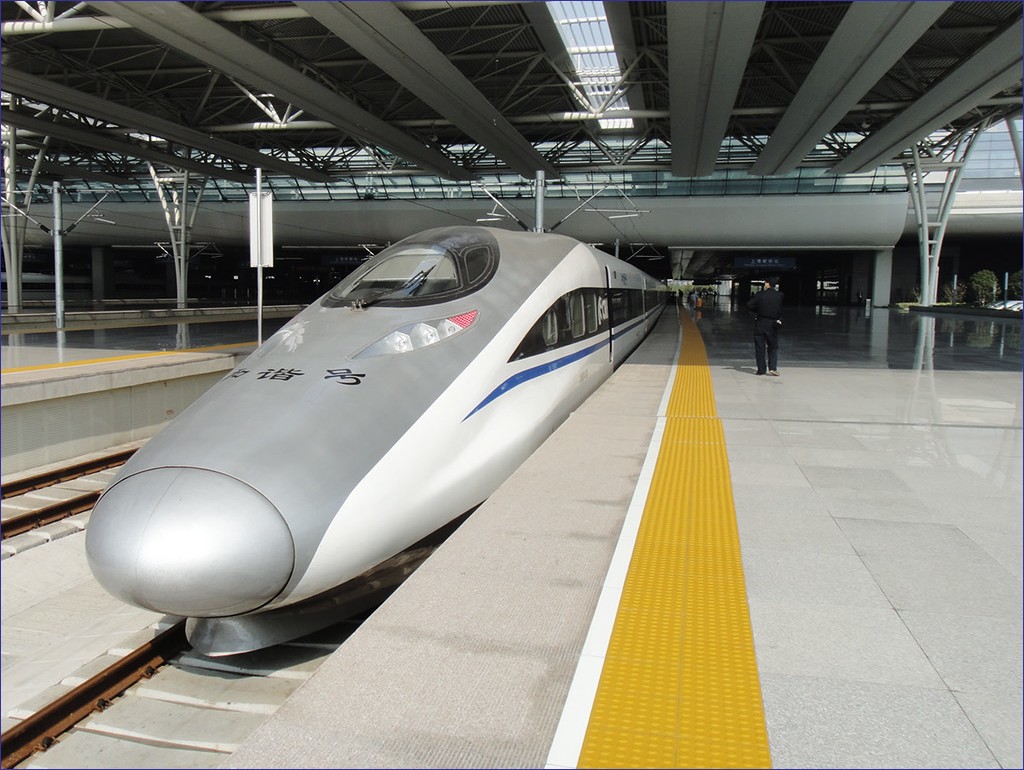
Trains in China – key facts
Trains in China are categorized by a letter and a number printed on the ticket, which indicates the speed and comfort level. The first letter stands for the train type:
G (gaosu) – the fastest and most comfortable trains
C (chengji) – 350 km/h, operating between Beijing and Tianjin
D (dongche) – 250 km/h, comfortable high-speed day and night trains
T (tekuai) – once the most modern, now still fast and comfortable; connect major cities. Coaches often have TVs and DVD players
K (kuaisu) – similar to express trains; cheaper than the previous types, stops at many stations and gives way to faster trains
L – special trains that run seasonally
Z – express trains with no intermediate stops
Trains with no letter, only numbers – these are the lowest standard: slow trains with no air conditioning and non-opening windows, yielding to all other trains.
Chinese trains usually have 4 classes:
Soft sleeper – comfortable sleeper cars with lockable four-berth compartments. Some trains also have deluxe soft sleepers with two-berth compartments.
Hard sleeper – similar to platzkart in the former USSR: six bunks per compartment (3 on each side), and compartments are not separated by doors.
Soft seat – equivalent to first class in seated coaches.
Hard seat – equivalent to second class in seated coaches. In newer trains, these are simply marked as First Class and Second Class.
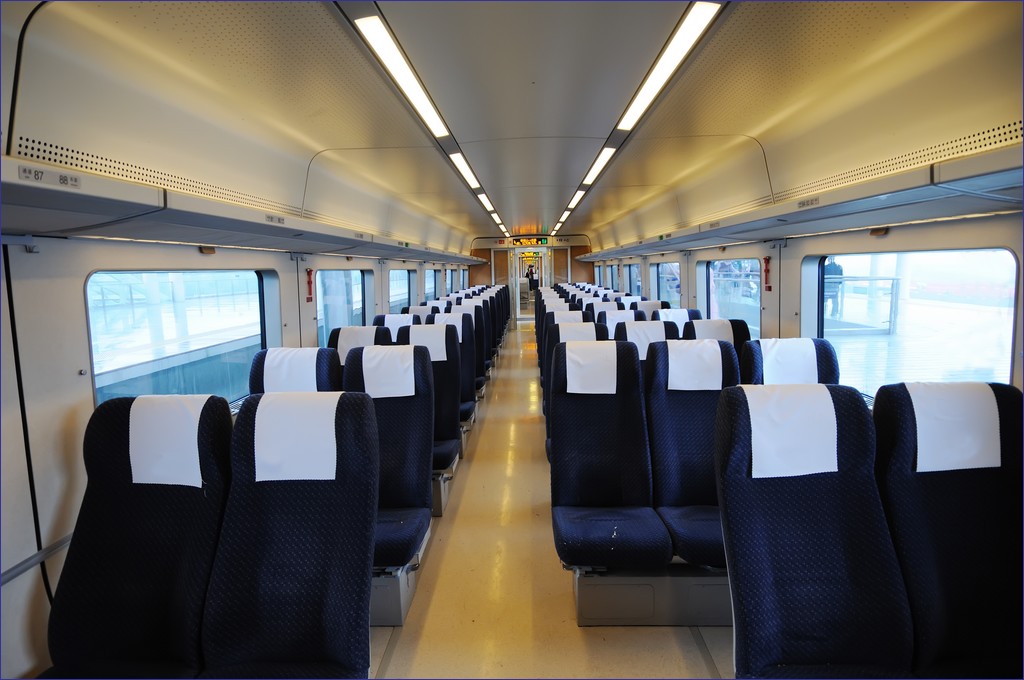
A few tips for train travel in China:
– Ticket offices are often located separately from the main train station, sometimes far away. In major cities, there are special ticket counters for foreigners, but locals also use them.
– You can ask a hostel to buy tickets for you (for a small fee).
– Toilets: Most trains have squat toilets (Turkish style), while newer high-speed trains also offer Western-style toilets—or a mix of both. It’s wise to bring your own toilet paper.
– The most common seat layout in hard seat (2nd class) is 3+2 per row.
– Smoking is often allowed, even in air-conditioned or sleeper coaches, or in the lowest-class coaches where windows can’t be opened.
– It’s best to buy tickets several days in advance.
– Ticket scalping is common. Tickets are bought by speculators and resold at high prices. To combat this, the government introduced real-name ticketing.
– Until recently, tickets could only be bought from the station you were departing from, but now, at some stations, you can buy tickets for trains on other routes.
– Security checks are strict, similar to airport procedures. You should arrive at least 60 minutes before departure for check-in.
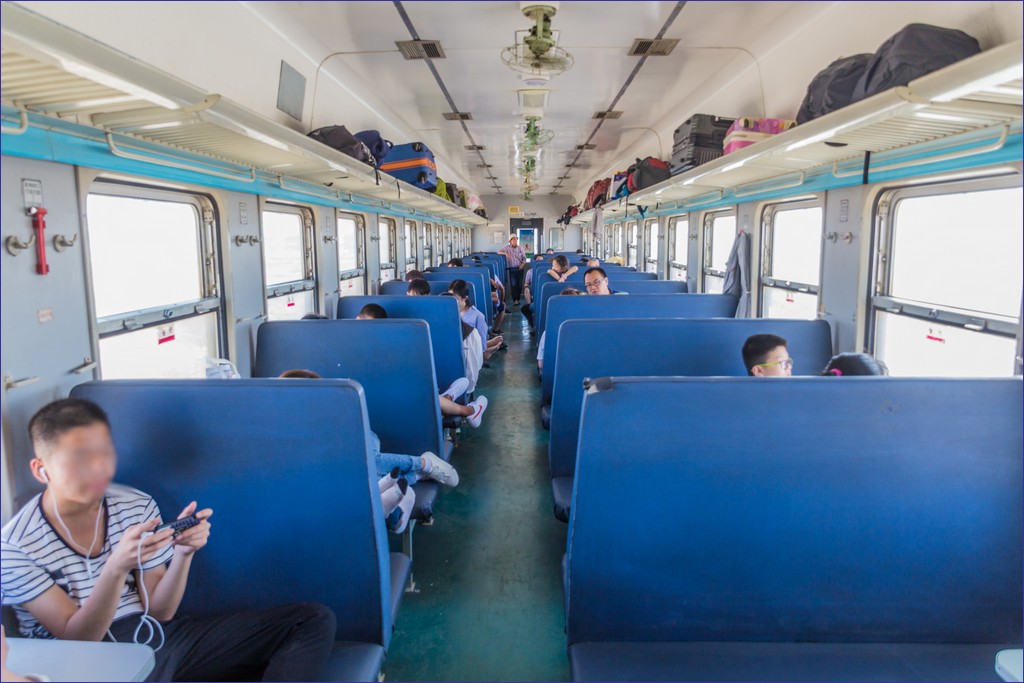
3. Maglev
From downtown Shanghai to the airport runs the world’s first commercial magnetic levitation (maglev) railway line, which began operating on January 1, 2004. The route has only two stations: the starting point at Longyang Road Station, where you can transfer to Metro Lines 2 and 7, and the terminus at Pudong Airport.
Trains operate daily from 6:45 AM to 9:40 PM. Between 6:45 AM and 7:00 PM, trains run every 15 minutes; between 7:00 PM and 9:40 PM, every 20 minutes. The best time to ride is between 9:00–10:45 AM and 3:00–4:45 PM, when the trains reach their maximum speed of 430 km/h (267 mph).
A one-way journey takes about 7–8 minutes, covering a distance of roughly 30 kilometers.
At Longyang Road Station, there is also a museum dedicated to the history of the Shanghai Maglev railway.
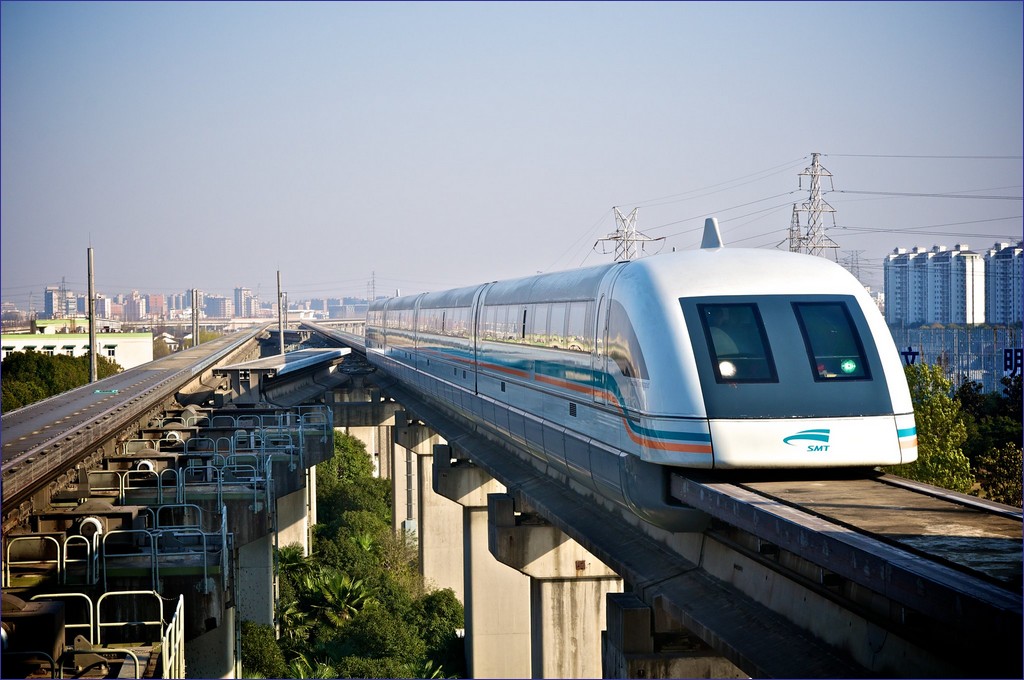
4. Tibetan Railway
The Tibetan Railway was opened in 2006, and the Golmud–Lhasa section (1,142 km) is considered a remarkable feat of engineering. It is also the highest-altitude railway line in the world.
Construction began in 2001, with a total of 200,000 workers involved in the project. The line reaches its highest point at 5,072 meters above sea level. Due to permafrost, unstable soil, and extreme temperatures, special systems were implemented to extract heat from the ground and release it into the air. This prevents the ground—and thus the entire railway structure—from settling or shifting.
Passengers traveling this route must be prepared for several challenges, including altitude sickness. On the most expensive trains, oxygen masks are available for every passenger, and double-glazed windows protect against ultraviolet radiation, which is much stronger at this altitude. Each carriage is staffed with a doctor and nurse to monitor the health of passengers.
The entire route features numerous viaducts, bridges, and tunnels. Along the way lies the highest railway station in the world – Tanggula Station (5,068 meters above sea level).
The journey from Beijing to Lhasa is 4,065 km long, and the fastest train completes it in 47 hours and 28 minutes. There are plans to expand the line further and connect China’s railway network with India.
The construction of the line was highly controversial—not only due to environmental concerns but also for political reasons. Human rights activists accused the Chinese government of using the railway to strengthen its influence in Tibet, increase Chinese migration, and erode Tibetan identity.
Lhasa itself is considered a beautiful city, though some claim it has been “spoiled” by mass tourism.
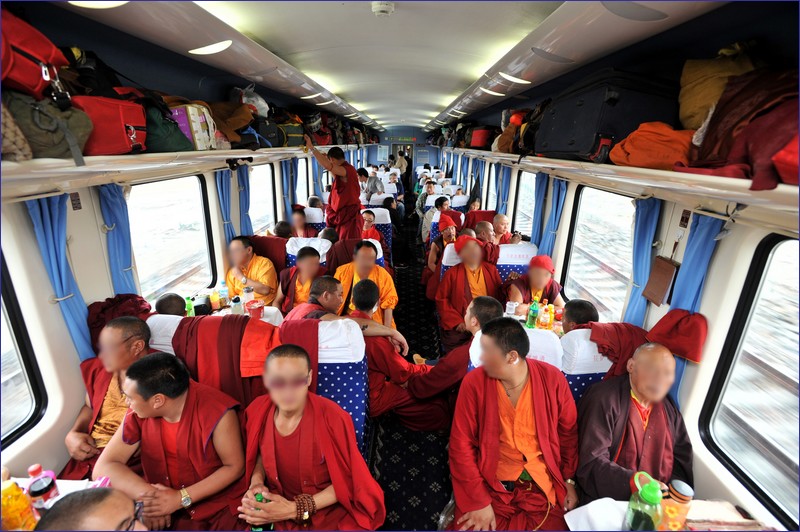
5. Jiayang Steam Railway
The last narrow-gauge steam railway in China is likely the Shixi–Huangcun Mine narrow-gauge line (19.84 km). The railway was built in 1938 to transport coal from the Bajiagou mine. Initially, the track gauge was 600 mm, and coal wagons were pushed by hand. Steam locomotives were introduced later on.
Passenger cars appeared on the line in 1959; in the early years, mixed trains (freight and passenger) operated, but later the services were separated into dedicated freight and passenger trains. In 1960, the railway was converted to a 762 mm gauge.
As tourism increased, the potential of the line was recognized. In addition to regular trains for local residents, tourist trains began operating, made up of steam locomotives and upgraded passenger cars. Some of these cars are equipped with air conditioning and monitors. The 1930s-era buildings in Bajiagou have also been preserved.
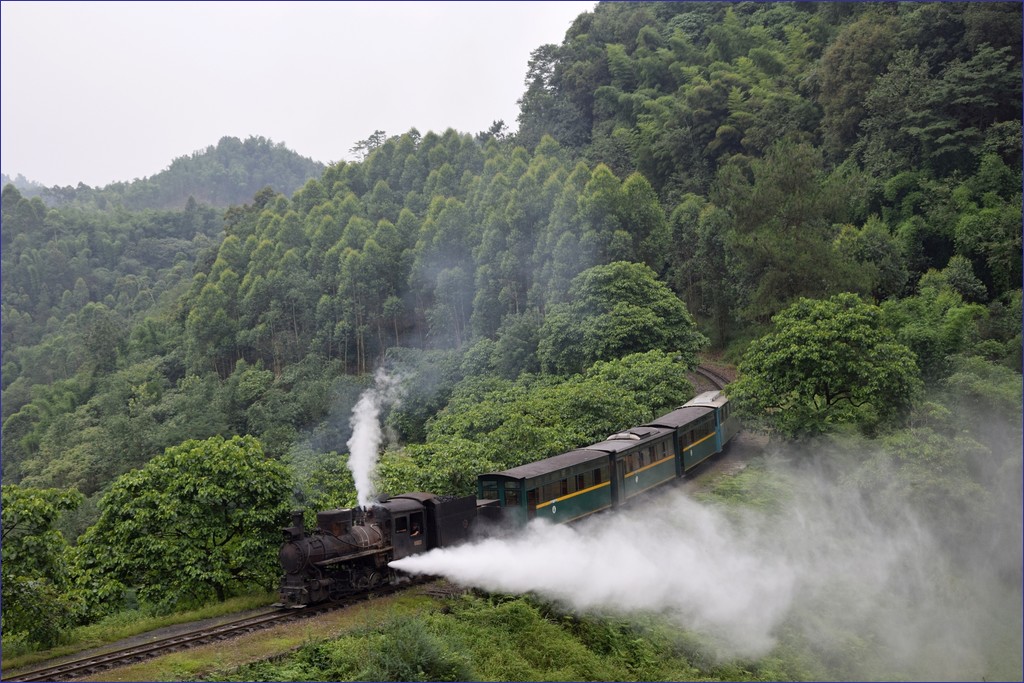
6. Rack Railway Dujiangyan – Sigunianshan Mountain
In 2020, the construction of a railway line connecting Dujiangyan with Mount Siguniang was announced. It is the first rack railway in China. The line is scheduled to be completed by 2026 in six stages. In January 2023, a Chinese rack railway train designed for the route was officially presented. The first section of the line is expected to open by the end of 2023.
This high-altitude railway is set to become one of the most scenic railways in the world. The 1,000 mm gauge line will be approximately 129 kilometers long. It will be served by Chinese-built trains featuring panoramic windows, capable of reaching 120 km/h on standard track and 40 km/h on the rack sections. Each train can accommodate 145 passengers.
The opening of the line is expected to significantly boost tourism, as the route passes through a world-famous giant panda reserve.
7. Railway museums in China
Several museums in China house exhibits related to rail transport. Here are the most important ones:
China Railway Museum in Beijing – the largest and most important railway museum in China, located 15 kilometers from the city center in the Chaoyang District.
Address: No. 1 Courtyard, Jiuxianqiao North Road, Chaoyang District, Beijing.
Accessible by buses 403, 629, and 813. Get off at the final stop and walk east.
Founded in 2002, the museum covers an area of 16,500 square meters. It features numerous exhibits documenting the development of Chinese railways from 1881 to 1979. The most impressive part is the collection of historic steam locomotives and passenger cars. Among the exhibits are the first steam locomotives produced in China and special railcars used by government officials.
In addition to rolling stock, the museum features photos, documents, models, and multimedia presentations.
Datong Steam Railway Museum – located on the site of a former steam locomotive factory in Datong, this museum displays a collection of historic steam locomotives both indoors and outdoors. According to chinahighlights.com, the museum features eight steam locomotives and a historic passenger carriage built in China in the late 19th century. Visitors can also view 30 photographs of Chinese steam locomotives.
Address: No. 1 Qianjin Street, Datong City.
Shanghai Railway Museum – Housed in the building of the former Laobeizhan railway station, this museum is divided into six sections, offering insight into the history of railways in Shanghai and eastern China. Some exhibits are displayed indoors (1,000 m²), while others are outdoors (1,300 m²). The most notable exhibits are two steam locomotives near the entrance: KD7-641, a locomotive gifted to China by the United States, and SN-26, a small Chinese locomotive used on narrow-gauge lines.
Other exhibits include archival photos, uniforms, documents, and models of carriages and locomotives—typical items found in railway museums worldwide.
Related articles:
